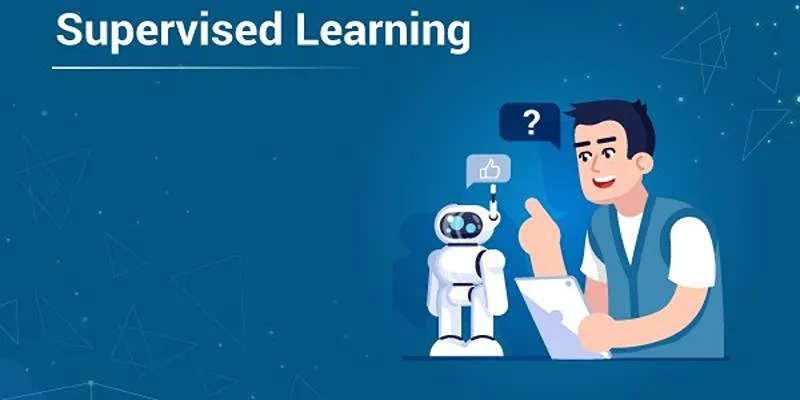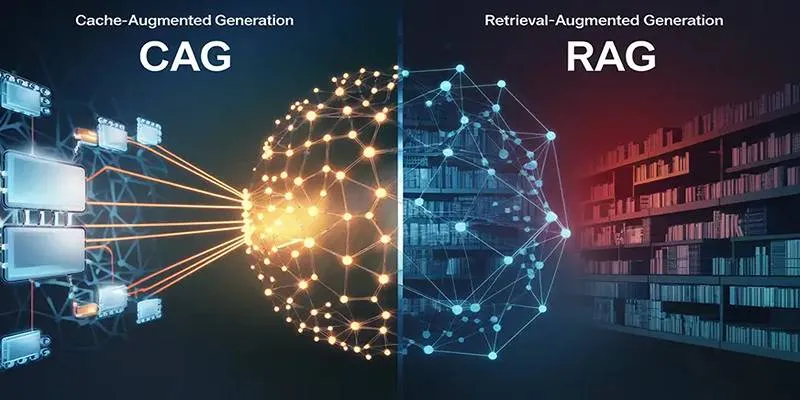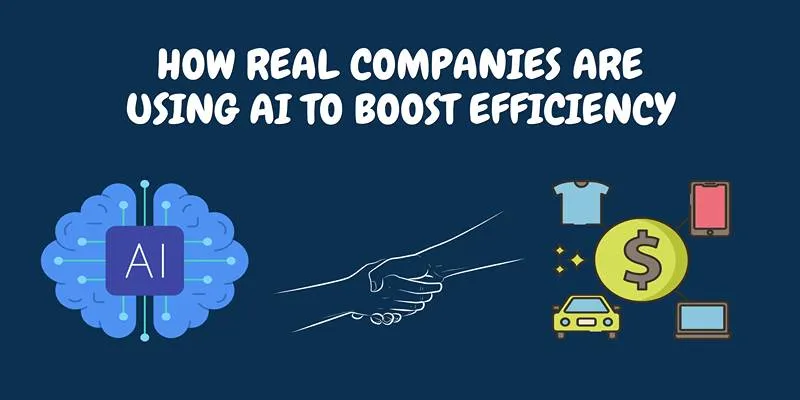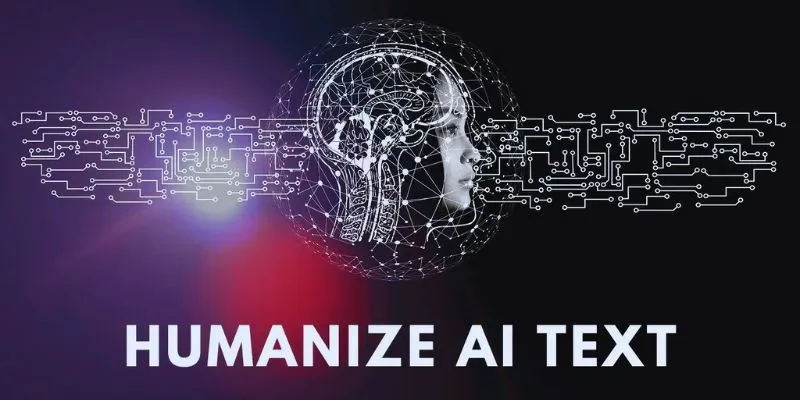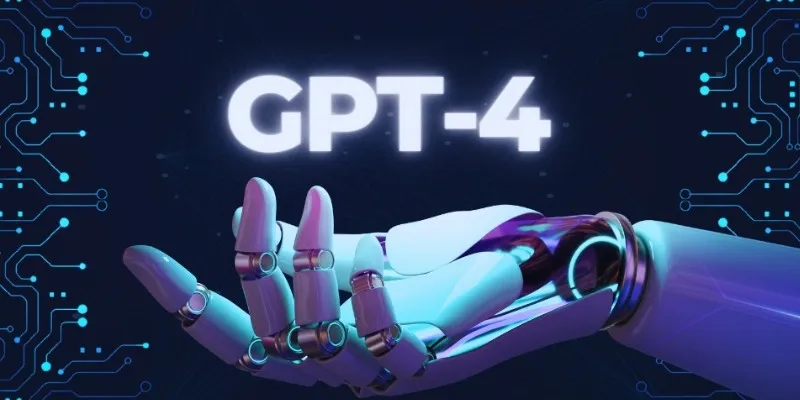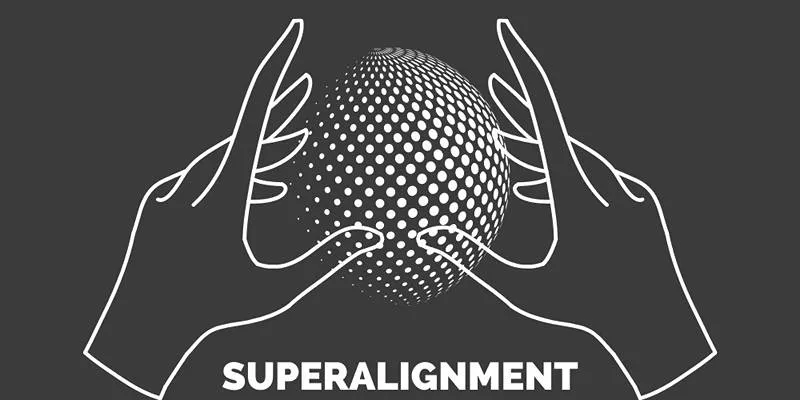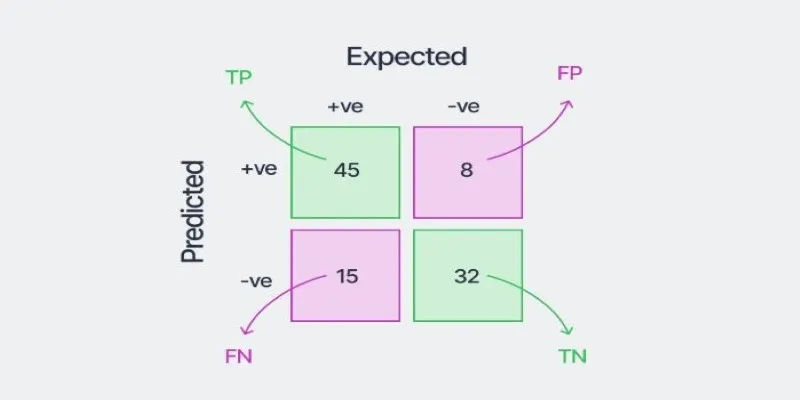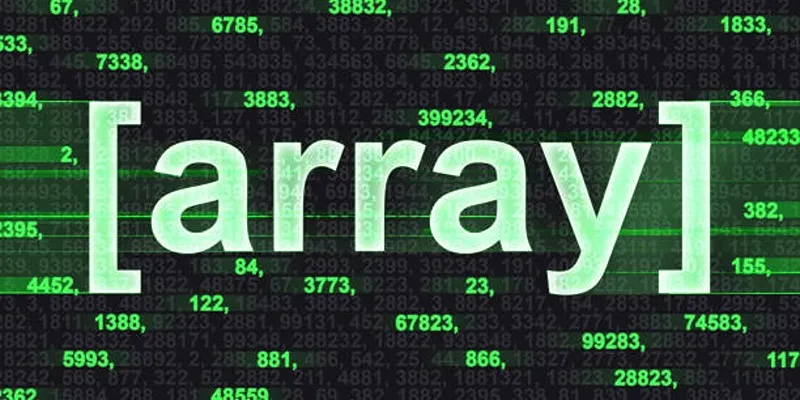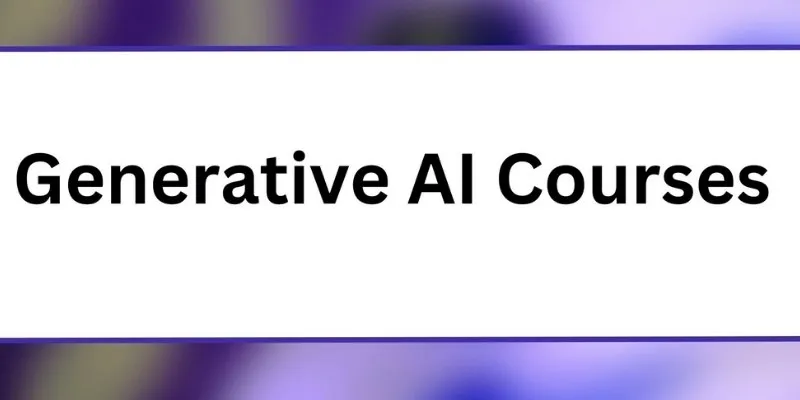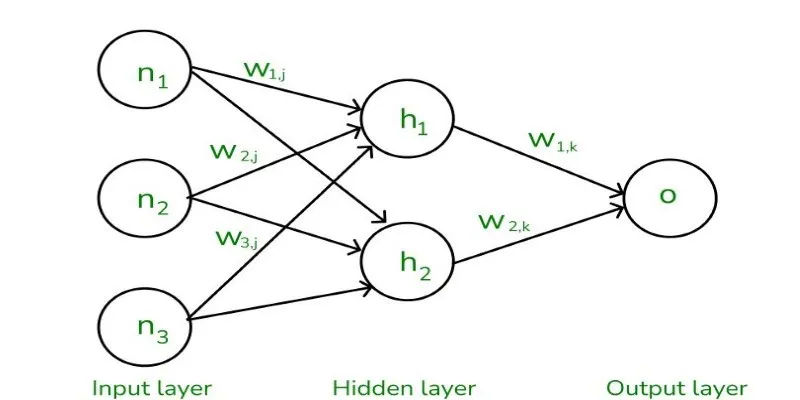As artificial intelligence (AI) tools become increasingly sophisticated, they are expected to do more than just respond to questions. Today, AI applications are advancing to understand deeper connections, make logical decisions, and retain information. One innovative approach to achieving this is by transforming regular text into structured graph data.
The integration of LangChain, a popular framework for language model applications, with Kùzu, a high-performance graph database, simplifies this process. This post explores how the LangChain-Kùzu integration facilitates the conversion of unstructured text into knowledge graphs , enabling AI systems to “think” more clearly and respond more intelligently.
Understanding LangChain and Its Role
LangChain is an open-source tool that streamlines the development of applications powered by language models like GPT. Instead of using a model in isolation, LangChain allows developers to link it with external tools, databases, APIs, and memory. LangChain focuses on creating workflows, known as “chains,” where each step can involve calling a model, processing data, or utilizing tools like search or storage.
Key Features of LangChain:
- Supports chains and agents for dynamic behavior
- Offers memory for context preservation
- Includes document loaders for various file types
- Easily integrates with third-party tools and data systems
LangChain is widely used to build chatbots, data analyzers, automation tools, and now, thanks to Kùzu integration, graph-based applications.
What Makes Kùzu Special?
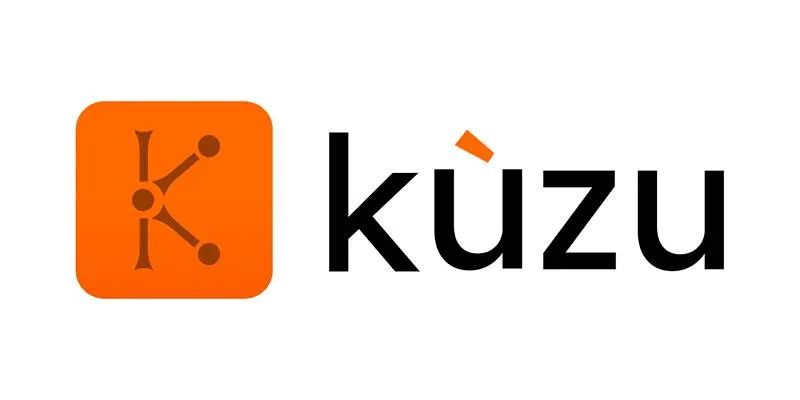
Kùzu is a lightweight graph database engine designed for fast querying of data that involves relationships. Unlike traditional databases that store data in rows and columns, a graph database like Kùzu stores data as nodes and edges, making it easier to understand how things are connected.
Developers choose Kùzu because:
- It supports Cypher, a widely used graph query language
- It is optimized for speed and performance
- It is easier to set up compared to heavier alternatives like Neo4j
- It works great with structured triples: subject-predicate-object
Thanks to these features, Kùzu is perfect for storing knowledge graphs extracted from text.
Why the LangChain-Kùzu Integration Matters
In most real-world applications, data is not clean or structured—it’s often hidden within unstructured text. Emails, customer reviews, articles, reports, and transcripts are all examples of text that contain valuable information but lack a clear format.
The integration between LangChain and Kùzu allows this hidden information to be:
- Extracted intelligently using a language model
- Converted into triples
- Stored in a graph format
- Queried efficiently using Cypher
By combining these tools, developers can transform how their applications handle text.
How the Integration Works
The LangChain-Kùzu integration follows a simple yet powerful flow:
Text Ingestion
LangChain loads the unstructured text using its document loaders. This can be a PDF file, a website, a plain text file, or even a string passed into the application.
Triple Extraction
LangChain uses a prompt to instruct a large language model to extract relationships from the text. These relationships are structured in the form of:
- Subject
- Predicate
- Object
For example, from the sentence “Ada Lovelace wrote the first algorithm,” it would extract:
- Subject: Ada Lovelace
- Predicate: wrote
- Object: the first algorithm
Graph Storage with Kùzu
The extracted triples are converted into Cypher commands that Kùzu understands. LangChain passes these commands to Kùzu, which stores the relationships in a graph structure.
Query and Reasoning
Once stored, developers can run queries to retrieve information or find patterns. For example:
- “Who wrote the first algorithm?”
- “What algorithms were written by Ada Lovelace?”
Kùzu answers these quickly using the structured graph.
Advantages of This Integration
The LangChain-Kùzu combination brings several clear benefits for real-world applications :
Structured Insights from Unstructured Text
Applications can now turn everyday language into structured graphs without manual effort.
Improved AI Reasoning
Since large language models (LLMs) don’t have perfect memory, storing facts in Kùzu allows the system to remember and reason better.
Fast and Accurate Querying
Instead of searching through entire documents, users can run precise Cypher queries on the graph.
Automation of Data Pipelines
Developers can automate the flow from text to graphs, making systems smarter and faster.
Real-World Applications
This integration can serve a wide range of industries. Here are some useful applications:
Research and Education
- Extract and connect historical facts or scientific findings
- Build academic knowledge graphs from research papers
Legal and Compliance
- Convert contracts into graph format for faster compliance checks
- Identify links between parties and clauses automatically
Healthcare
- Map relationships between diseases, treatments, and outcomes
- Build knowledge graphs from doctor notes or research data
Customer Service
- Turn support tickets into relationship graphs of problems and solutions
- Help support teams identify recurring issues
These applications demonstrate the value of graph-based understanding in everyday AI use.
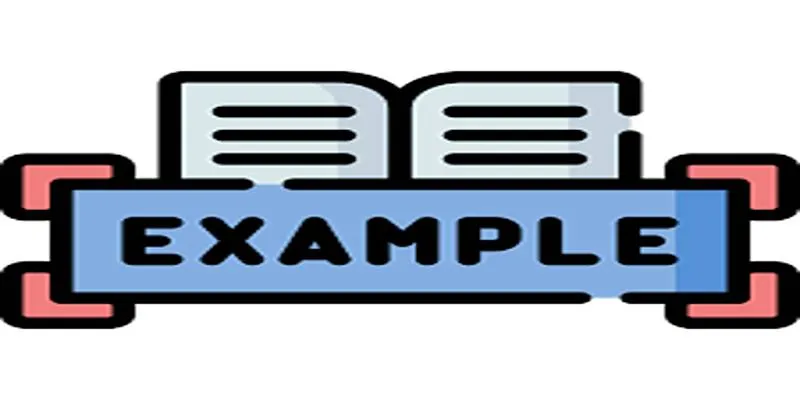
Getting Started with the Integration
For those interested in trying out this integration, here’s a basic setup:
Step-by-Step:
- Install the required tools using
pip install langchain kuzu - Load a document or raw text using LangChain’s loaders
- Use a chain or agent to extract triples with a prompt
- Connect Kùzu as the graph storage backend
- Run queries using the Cypher language
LangChain provides examples, and Kùzu offers a simple interface to begin storing and querying graph data.
Conclusion
The LangChain-Kùzu integration is a significant step toward smarter, context- aware AI applications. Instead of relying on models to “guess” based on unstructured text, developers can now extract, store, and query relationships with precision. By building graphs from plain text, the integration makes it easier to connect information, discover patterns, and improve memory-based AI tasks. As more businesses and researchers turn to graph-based reasoning, this combination of tools offers a simple yet powerful path forward.
 zfn9
zfn9


